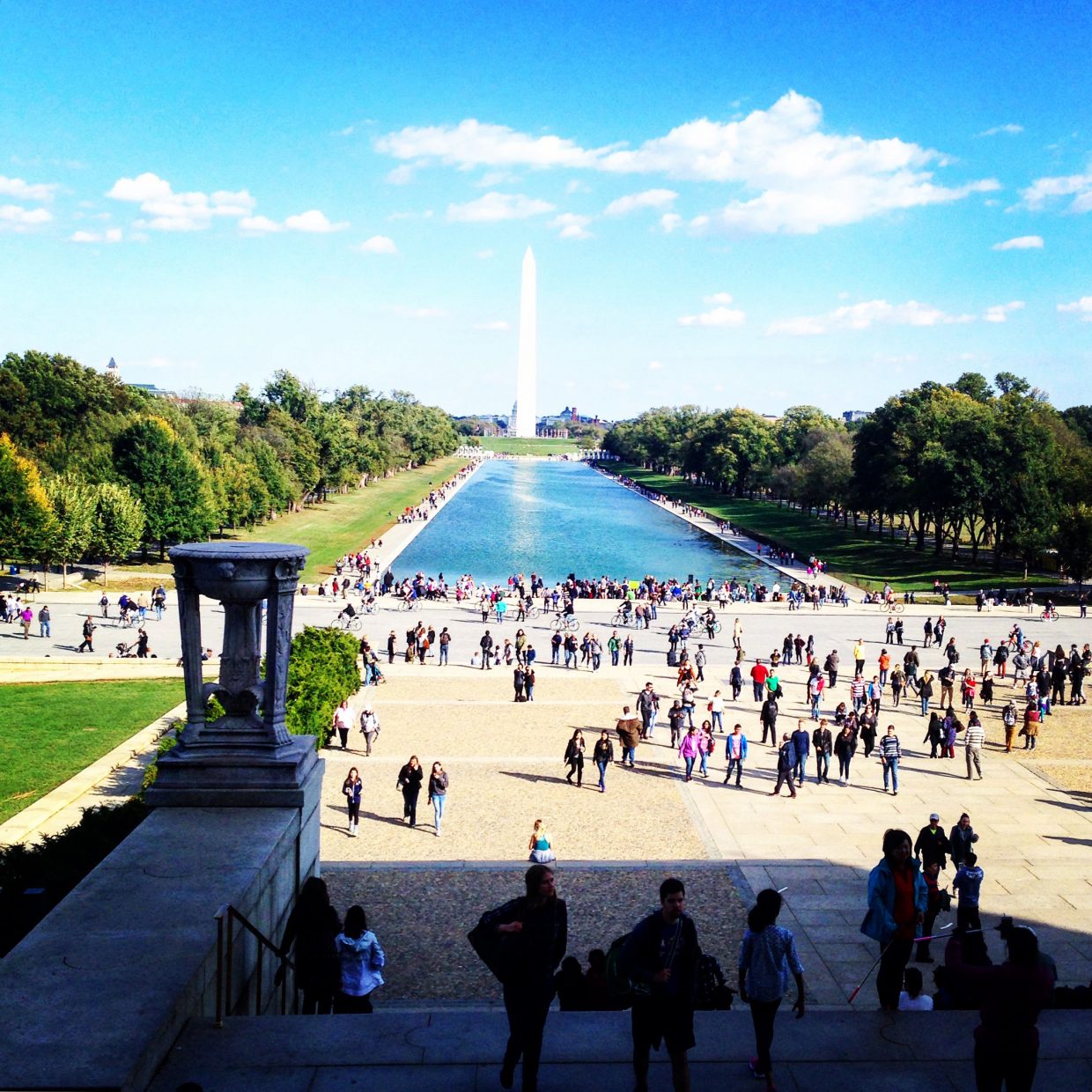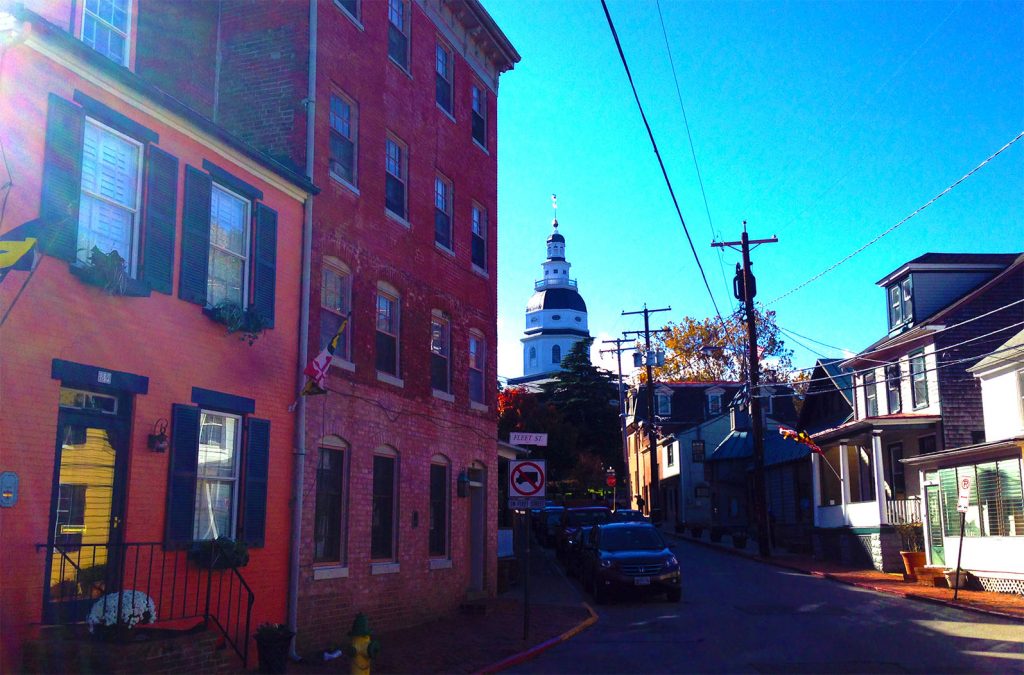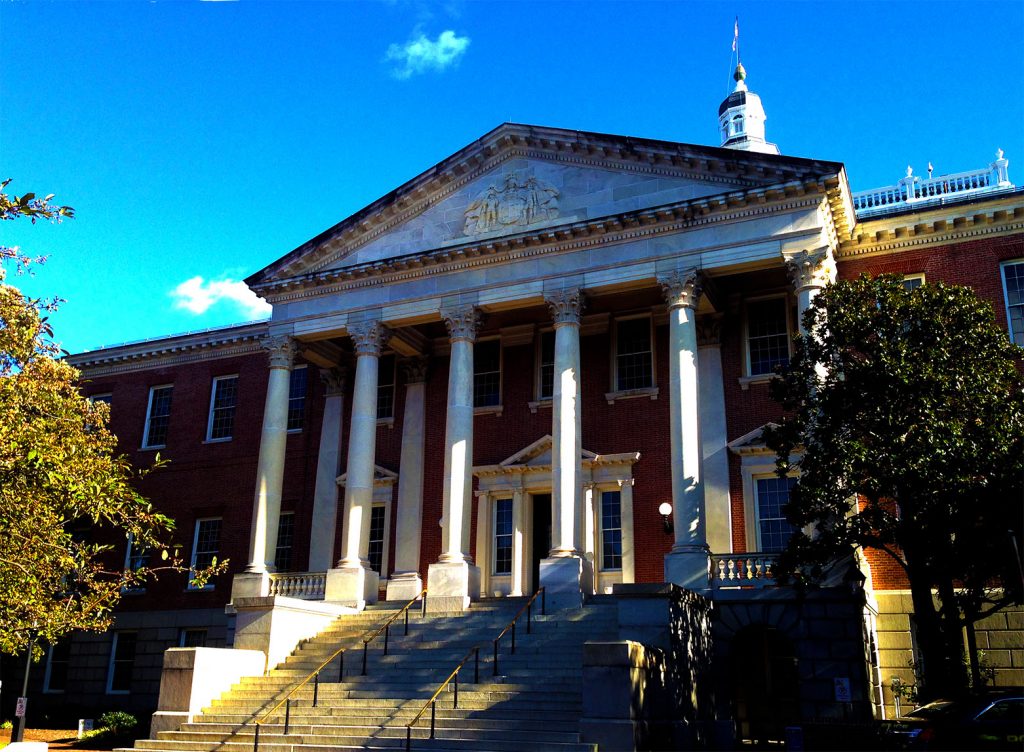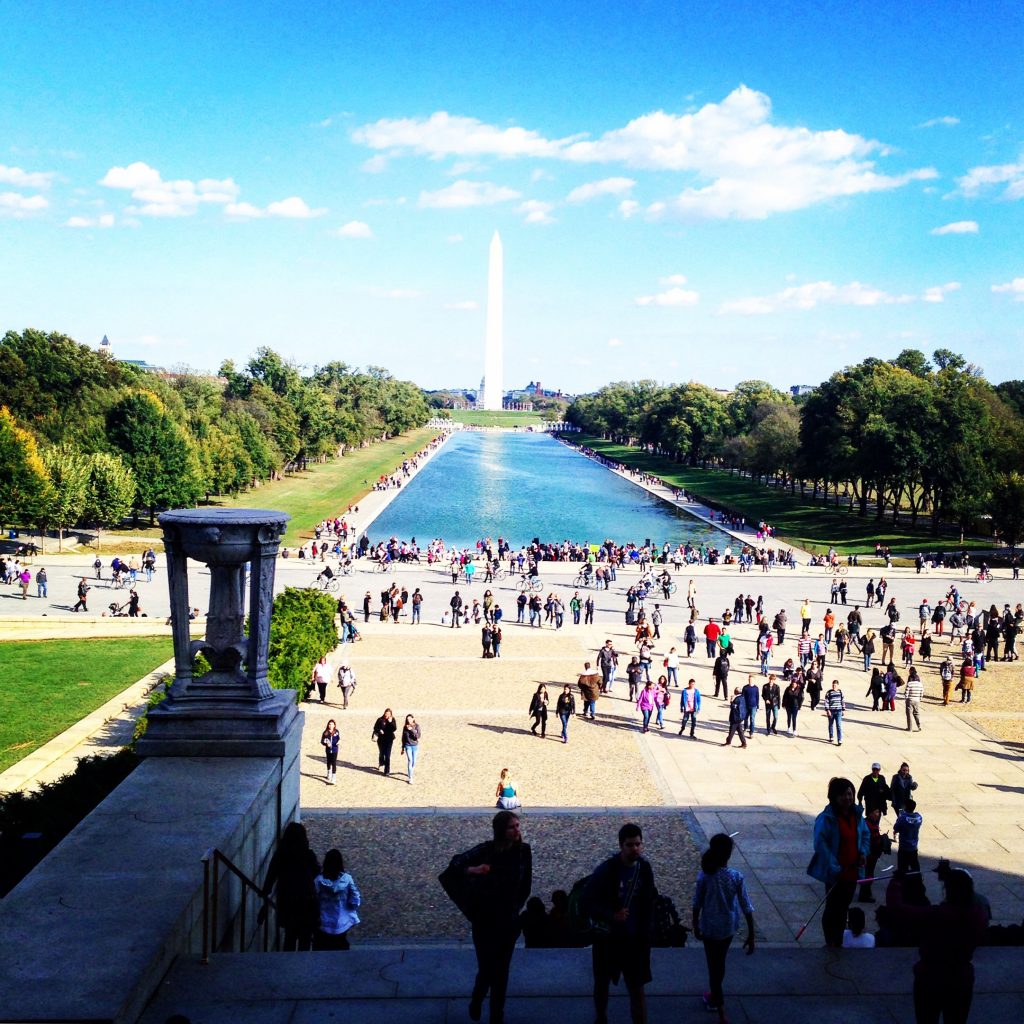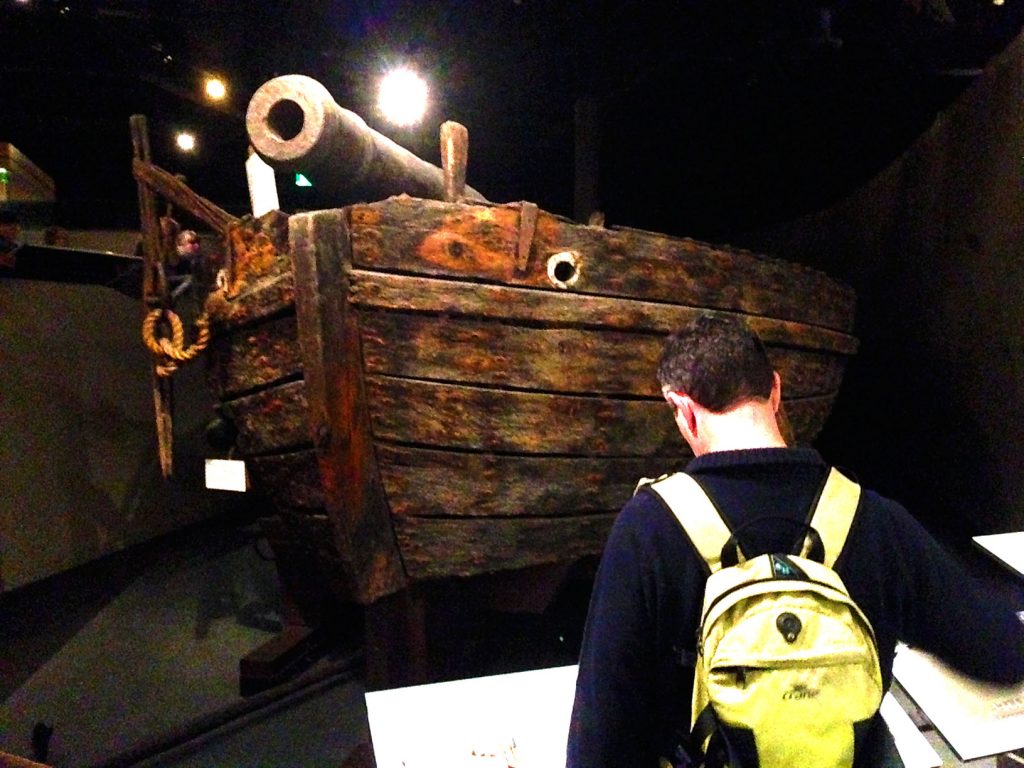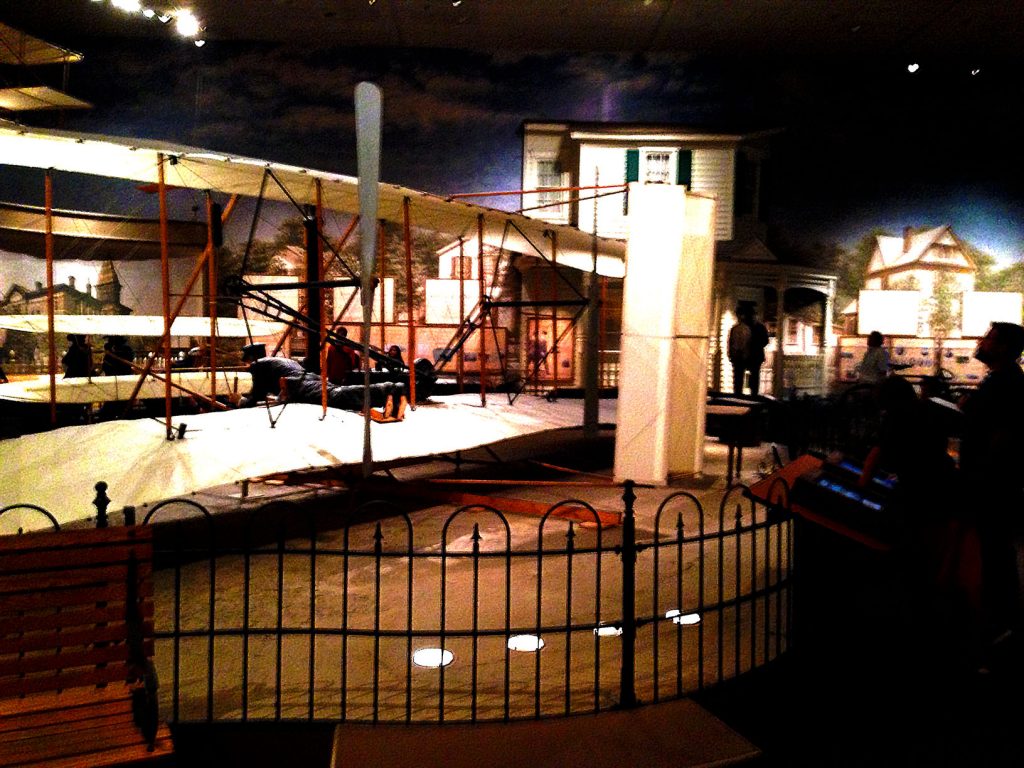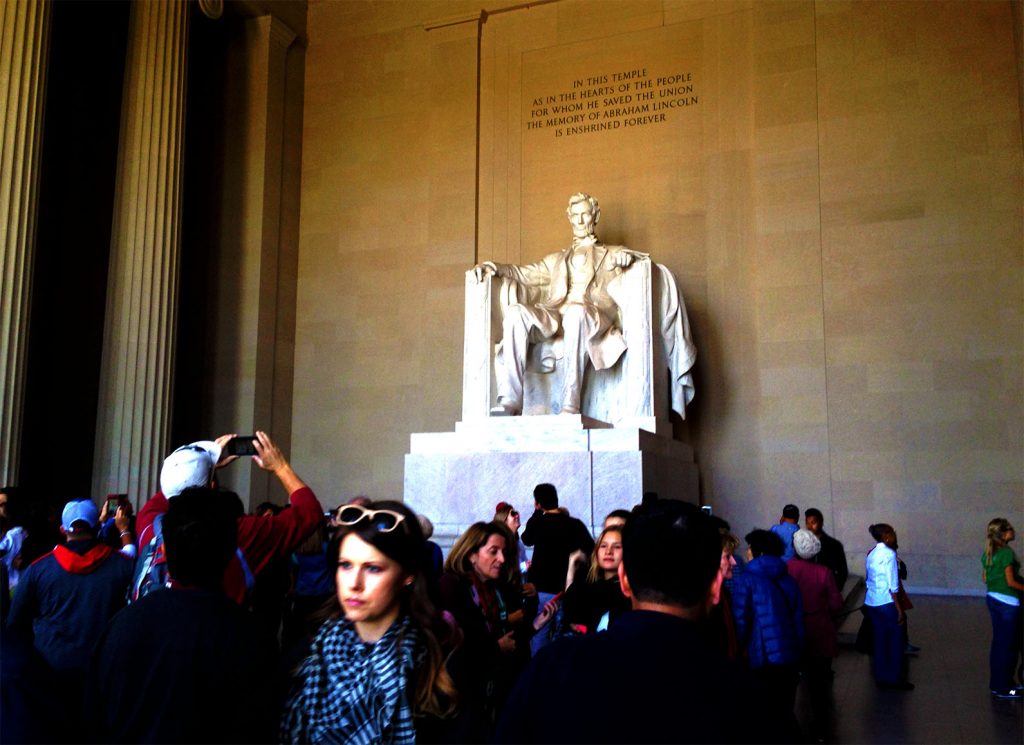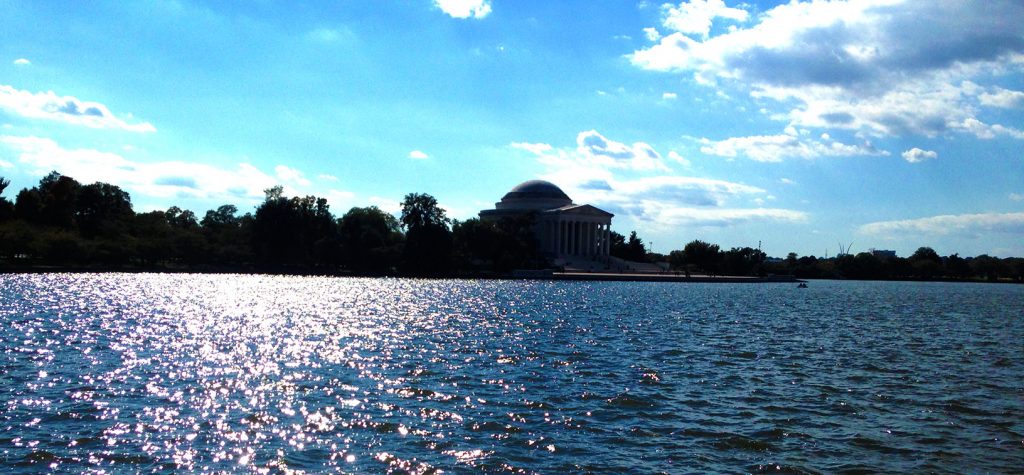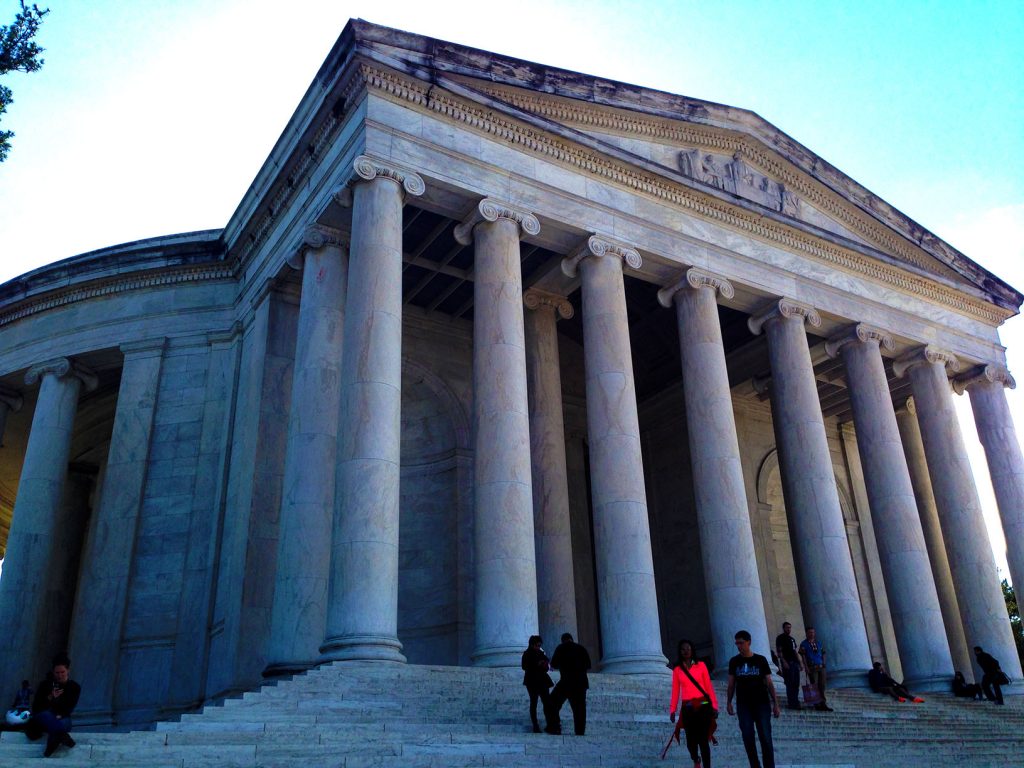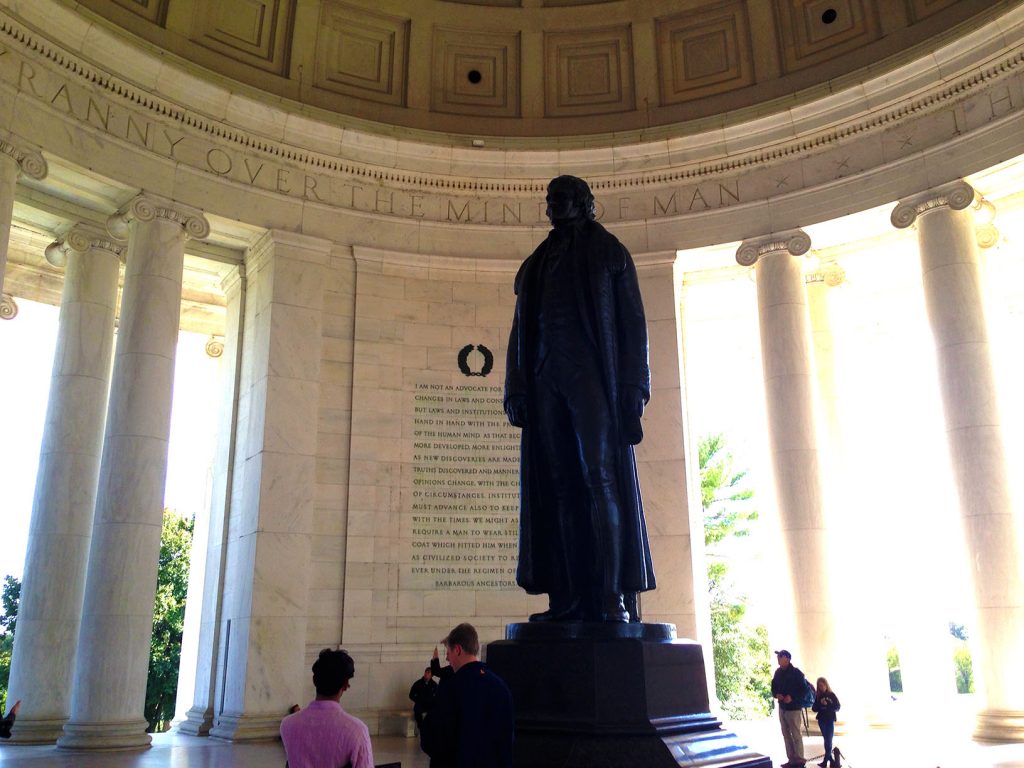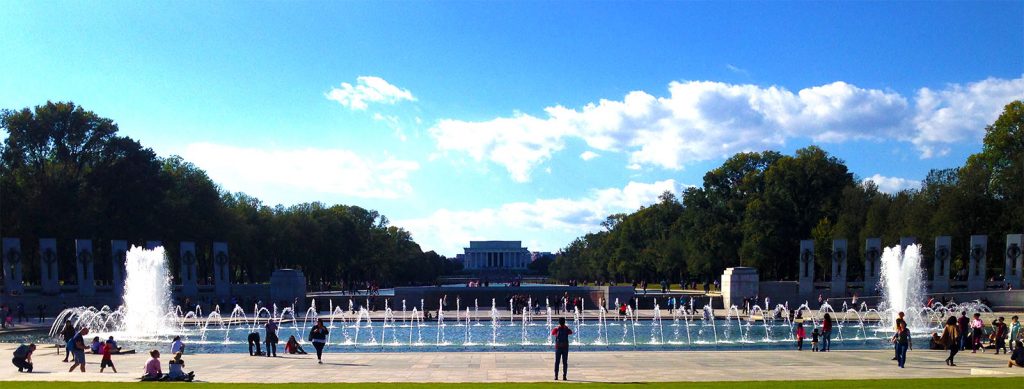Living: airbnb in Shaw, Washington, DC
Working: Cove, Logan Circle, Washington DC
Laundry: Logan Circle Laundromat
This week in laundry I take the space to soak up the great American Story.
I continue my east coast tour. I flew into Philadelphia early Saturday. I drove down to Annapolis. I strolled those tight historic streets. I fought the gameday traffic. I saw the historic state house – once a Capital of the United States. I saw the harbor. The US Naval Academy. Had some ice cream. And then drove on to that modern American Capital, Washington DC.
Sunday found me with a pleasant fall day. Clear skies and crisp air. I in turn found the National Mall. And spent the afternoon wandering the Smithsonian museums and national monuments.
In the American History Museum I saw the banner that once inspired the writing of a national anthem. I saw the historic ship the Philadelphia, built and sunk at the onset of the revolutionary war. I explored the history of electricity and the American guano trade. Which, to be clear, is not a euphemism for the exhibits on this year’s presidential race. Those are in the central atrium of the museum.
You wander through this mall. These pools. Into and out of these monuments to American history and struggle. The Jefferson Memorial. The Washington. The Lincoln. Martin Luther King Jr. FDR. Lunar Rovers. Aircraft built by brothers Wright. Together in in their own way they weave a story of America. They do so through a sculpting and imposition of space.
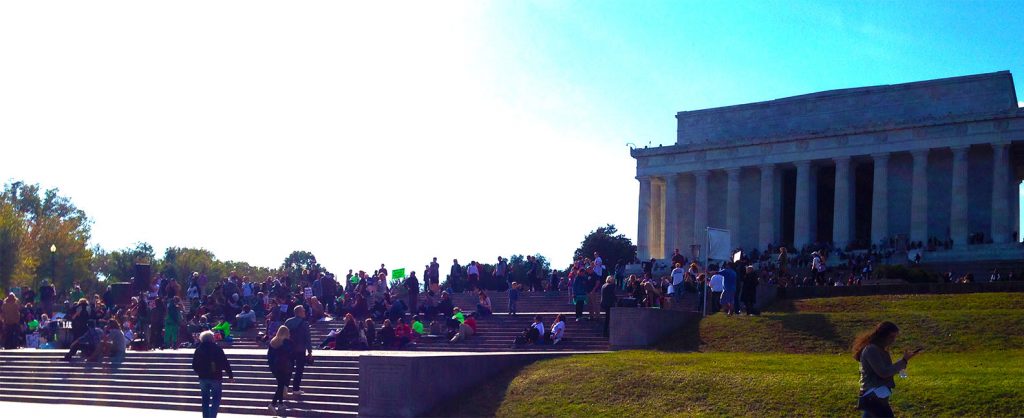
Protests outside the Lincoln Memorial. I stopped and listened. I couldn’t figure out what they were protesting about. I think it was recreational.
Because it is not just these pictures and these words that help tell this story. But the massive size. The grand halls that contain those spacecraft. The towering statues of those men. The reflecting pools that capture these monuments of war and presidents. The idyllic Potomac tidal basin where Jefferson forever perches. As if keeping watch. At peace. These pieces of architecture and impositions of space come together to help tell the story of America that is greater than any word on any page and any vision caught in film.
Walking through Manhattan provokes a similar sense. A response to space. A feeling of place within the constructed colossus. To call this place the concrete jungle honors this sentiment. To walk through a towering grove of trees in the Wisconsin Northwoods feels a certain way. To stroll past a redwood strikes awe and inspiration.
What is it about these spaces that make us feel such ways? And how is it the way in which we feel – the mechanism that brings us to feel such things – works under equal principle in both Northwood and New York. On the Dakota Plains and the National Mall. The Redwood Forest and the cavernous cathedral.
If architecture is the study of people in space, then the consideration of these questions are the work of an architect. To understand the person in the space. Not just how they use that space. But how they feel within it.
This definition was presented to me by Vijay Sehgal from FSY Architects. In in interview session a coast away.
These expressive tones of space play a critical role in immersive storytelling. In the story built of places. Like theme parks.
But is the feeling imparted from these impressive spaces a component of story, or separate all together?
Several posts ago in a Montana far away, I wrote that story is a form of play that engages a world other than the one presently in front of us. This may apply to our impressions made from the monoliths of human construction if they reflect and represent something besides what they are. But trees are trees. Plains are plains. Buffalo are buffalo and redwoods are redwoods. We gain our impression of these spaces not through engaging worlds other than what they are, but engaging the space for what it is.
Or do we? The root of the question falls to another – when we are filled with the impression of a space, be it the Wisconsin Northwoods or the Jefferson memorial – are we engaged in play in these moments? Have we entered into a certain, je ne sais quoi moment? A moment where the rules of the world are somehow different, and through that state, incubated within that state, we actively try to come to understand. To learn.
The altered rule state found in play holds a certain magic to it. We describe the feeling of being in this state of special consciousness – the state of play – as magic.
So maybe this is why enchanted forests are enchanted. Because the magic we feel within them is the magical feeling of being at play. And the impression we gain within these spaces then too comes through an engagement in play.
But does that make the play we evoke within a place the same play we call story? Or are they separate, and when combined only more potent?
Can a story be a story without a character? Without players, actors, or influencers?
Or does a story only require and arc – some change within a fictional space?
And if story requires an arc or a character, are either of these present in the presence of the Jefferson memorial? In the New York concrete jungle? On the floor of the redwood forest?
Clearly the monument holds both these things. In Jefferson we find a character. In the evocation of his life work, speeches, and accomplishment in the memorial, we have arc. In both constructed space, and a bygone past, we have alternate space.
With the concrete jungle these concepts are more problematic. Is our awe a reflection of the triumph of accomplishment? The sheer will, resource, and ingenuity to construct this space? Do we experience an implicit story of the people about the space? That live here. That work here. A story of how this jungle grew. A story of how this jungle thrives.
And if these are the stories we form in the massive space of the concrete jungle, then do we form similar stories in the presence of the Northwood pines? A story of the years gone by to build this place. Of the creatures that call it home. Of the world apart from our daily lives incubated in this space. Or the ecosystem that sustains it as a way of life.
These stories are all possible within this space. But do we experience them necessarily? And either way, are they the source of the sensation felt within these environments?
I don’t have the answer to these questions. I’m unlikely to find them soon.
But what I do know about spaces and stories I know for sure here in the laundromat. Each tells a story, or begs one, within the walls and between the drums. Who owns this space? How long have they owned it? How do they run it? Who are their employees? Are they immigrants or local chefs?
And who are their patrons? What are the qualities of their class? Their culture? Is the economic quality of the neighborhood reflected in the quality of the laundromat? Are the machines old or new? Is the floor clean or cracked and dirty? Are there children playing throughout the space?
Each detail varies laundromat to laundromat. Each detail forms a clue inviting in a backstory. A story that evolves within my mind.
Forming that story from all these threads evolves as a property of play – the mental condition of working things out in an altered mind-state. For learning. For knowing. For new understanding. Formed within the space. This laundromat.
Where with the slowing of the dryer and the folding of my clothes, my story in this space ends once more. In order to open new chapters, the old chapters close.
